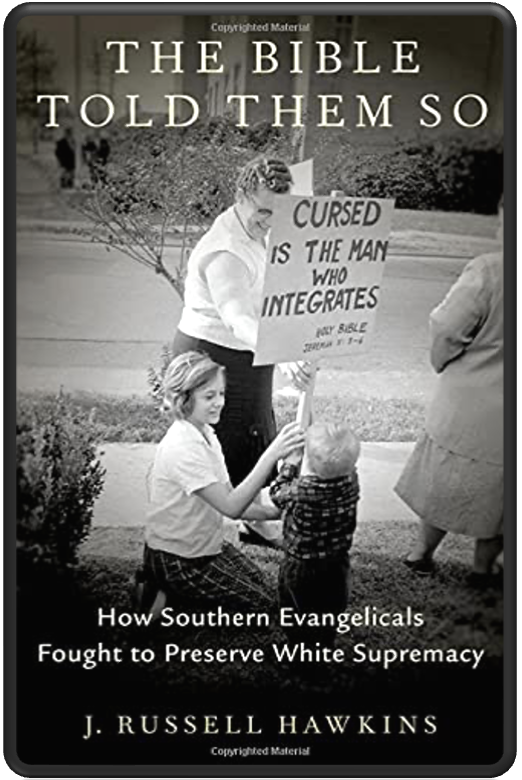
J. Russell Hawkins is Professor of History at Indiana Wesleyan University. Jesse Curtis is Assistant Professor of History at Valparaiso University. Each is the author of a newish book about white evangelicals and colorblind rhetoric in the second half of the twentieth century. This essay considers both in light of the ongoing reappraisal of Christian history and race in America.
In August of 2019, the New York Times Magazine published “The 1619 Project,” a full-issue effort to approach American history through the interpretive lens of slavery and anti-Black racism. Though previous histories had employed a variety of other lenses—politics, religion, economics, military campaigns, and so on—this project would center race as the definitive variable in the past four centuries of life on these shores. Widely lauded and much-discussed, the issue drew criticism from historians Victoria Bynum, James McPherson, James Oakes, Sean Wilentz, and Gordon Wood, who affirmed the intent of the project while regretting certain factual inaccuracies. In her determination to emphasize and indict American racism, they argued, reporter Nikole Hannah-Jones had crafted a coherent big picture at the expense of important particularities. An expanded and bound edition appeared in 2021, quickly claiming bestseller status and continuing to stir debate nationwide, informed by the ongoing Black Lives Matter movement and a correspondent panic over “critical race theory” in the public schools. The past, present, and nuances of American racism were hashed out everywhere.
At the same time, somewhere within this broad, national reckoning, Christian historians were examining American churches through a comparable racial lens. Jemar Tisby’s The Color of Compromise: the Truth About the American Church’s Complicity in Racism appeared in April of 2019, withAnthea Butler’s White Evangelical Racism: the Politics of Morality in America and Randall Balmer’s Bad Faith: Race and the Rise of the Religious Right going to press in 2021. These are history books that culminate in the present, mapping the route from then to now in order to situate current events, especially as they pertain to white evangelical faith, Republican politics, and the coalescence of the two in Donald Trump’s tumultuous presidency. They are also small books with big arguments, painting in broad strokes and so perhaps vulnerable to the same sort of concern that has followed Hannah-Jones. Academic readers who consider these popular histories may want to pair them with some more traditionally academic fare—narrower in focus, more attentive to detail, and rigorously documented via archival research. They will find these in the two books considered here. Each focuses on white evangelicalism in the second half of the twentieth century, attending specifically to the ways that white evangelicals talked about race—or declined to do so. Both chart a progression from the stern enforcement of the color line in the 1950s and 60s to the strategic adoption of colorblind rhetoric in later years.
Read the whole thing in the Journal of Communication and Religion.
